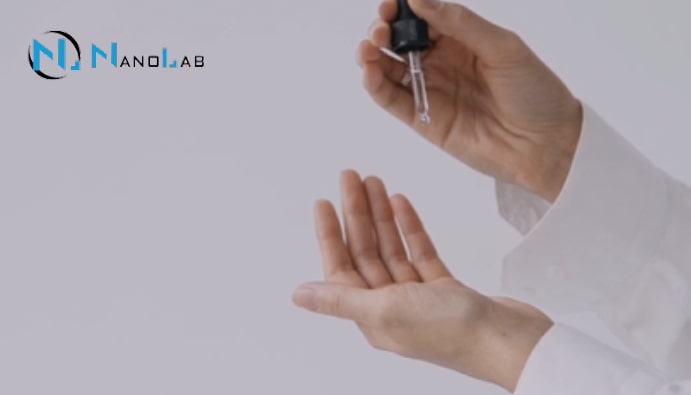OECD 439: Skin Irritation and Corrosion Toxicity
OECD 439: In Vitro Skin Irritation: Reconstructed Human Epidermis Test Method - In Vitro Skin Irritation: Reconstructed Human Epidermis Test Method Skin Irritation as defined by the United Nations (UN) Globally Harmonized System of Classification and Labeling of Chemicals, against a substance or mixture for up to 4 hours Reversible damage to the skin after exposure following its application.Includes an in vitro procedure that can be used to identify hazards of irritating chemicals (substances and mixtures) in accordance with UN GHS Category 2 under OECD 439. A three-dimensional RhE model consisting of non-transformed human-derived epidermal keratinocytes cultured to create a multilayered, highly differentiated model of the human epidermis is used for the test procedure.
The test chemical is applied topically to the RhE model used. It is mainly manifested by chemical-induced skin irritation, erythema and edema. Chemical-induced skin irritation is the apparent result of events that begin with the penetration of chemicals through the stratum corneum, where they can damage the underlying layers of keratinocytes and other skin cells.
You can contact Nanolab Cosmetics/Detergent Analysis Laboratory for Irritation Test in Cosmetic Products / Skin Irritation and Corrosion Toxicity.


